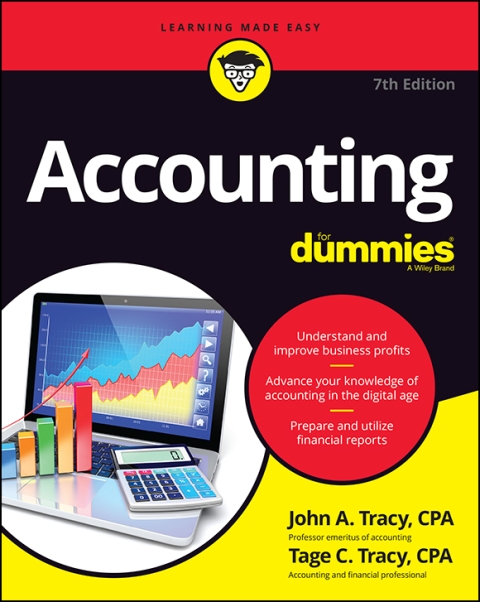Description
Efnisyfirlit
- Half-title
- Title
- Copyright
- Dedication
- Contents
- Illustrations
- Figures
- Map
- Tables
- Acknowledgments
- Glossary
- Part 1 Village repertoires
- 1 Law, religion, and pluralism
- Repertoires of reasoning
- Justification and social norms
- Islamic sociolegal reasoning
- The possibility of Islamic public reasoning
- Indonesian pluralism
- Adat and community
- Shari’a and jurisprudence
- The boundaries of state law
- Re-understanding Islam
- Studying multilevel phenomena
- 2 Adat’s local inequalities
- Disentangling norms in practice
- “Legal pluralism” recognized
- A necessary subterfuge
- Engendered inequalities in Isak
- The elder brother’s power
- Use-rights versus the army
- 3 Remapping adat
- Person, place, and property
- The creation of “adat law”
- Islam only when “received”
- Adat, revolution, autonomy
- A national adat?
- Judges and justice
- Adat as “not-the-state”
- Part 2 Reasoning legally through scripture
- 4 The contours of the courts
- Islam as displacement
- A tale of two courts
- The settings
- The social movement of judges
- Jurisdiction and procedure
- Women against men in the courts
- 5 The judicial history of “consensus”
- Delicate judicial politics, 1945–1960s
- Caught between norms
- The struggle for recognition
- Fluid boundaries
- Affirming consensus in the 1960s
- Avoiding conflict over norms
- Inventing adat
- Inspecting consensus: the assumptions behind the decisions
- Double-voiced claims
- Aman Nurjati’s lands once more
- Hierarchy and economy since the 1970s
- Money and movement
- An Islamic critique of marriage
- Suspecting consensus: the Islamic court in the 1990s
- 6 The poisoned gift
- Gifts contra fairness
- Suspected coercion
- The apple of discord
- Limiting the gift: a step backwards?
- Narrative structure and the Supreme Court’s justification
- Fairness and agreement as social norms
- Inheritance and Islam in Minangkabau society
- 7 Historicizing scripture, justifying equality
- Fairness across gender and generations
- The fiqh of ‘Umar
- Epistemology and narrative style
- Fairness as God’s asymptote
- Must women receive half?
- The hypocrisy of the ulama
- The textual limit to reinterpretation
- Contextualizing in practice
- Part 3 Governing Muslims through family
- 8 Whose word is law?
- Islam and/in the state?
- The Jakarta Charter
- Courts out of balance
- Controlling marriage
- Is marriage religious or secular?
- What makes a marriage valid?
- Two views of legal uniformity
- Positivizing shari’a
- Top-down “consensus”
- Contesting ijma’?
- The plight of orphaned grandchildren
- May daughters inherit all?
- 9 Gender equality in the family?
- Towards equal agency in divorce
- Equivalent categories
- Divorce initiated by women
- Divorce by ransom
- Moral discourses of divorce
- Creating “marital property”
- When does wealth begin?
- Turning practice into Islamic law
- Difficulties of proof
- Equality and polygamy?
- 10 Justifying religious boundaries
- Separating by fatwa
- Shari’a in Aceh
- Pigs and enzymes
- Conversion and Christmas
- Freedom of religion: choice or boundary-maintenance?
- Policing intermarriage
- Tightening the rules
- State–marriage–religion
- Marriage according to what religion?
- 11 Public reasoning across cultural pluralism
- Irreducible pluralism
- Elements of Indonesian public reasoning
- Political theory and cultural pluralism
- Liberal political theory
- Creating a modus vivendi
- Taking account of internal debates
- References
- Index






